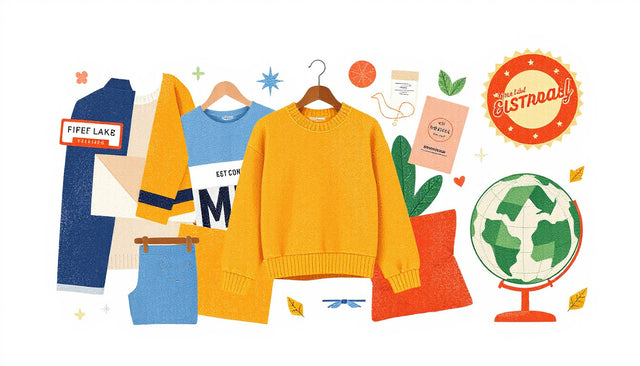Six Experts Discuss Innovations in Sustainable Products from Plastic Waste
In a recent Thermo Fisher Scientific webinar series called Sustainable Products from Plastic Waste, six experts spoke about new ways to recycle and reuse plastics. They shared clear views on recycling, laws, and material science. Their words link closely to one another. This helps you understand each idea with ease.
1. Understanding Plastic Waste Types and Recycling Standards
Dr. Madina Shamsuyeva drew a line between post-industrial and post-consumer plastic waste.
- Post-industrial waste comes from production. It is pure and is easy to recycle.
-
Post-consumer waste comes after a product is used. It is mixed and harder to process.
This split keeps things clear. It sets a goal for recycling with care.
2. Polymer Rheology and Measurement Challenges
Dr. Ophélie Ranquet spoke about the Weissenberg effect. This effect makes polymers climb rotating tools. Think of spaghetti on a fork. It warps viscosity tests by adding elastic twists. She advised using oscillatory shear testing. This method holds the links between words and ideas tight and leads to trustworthy results.
3. Mechanical Recycling and Real-Time Analysis
Felix Mehrens and Niklas Rode looked into issues with recycled plastics in a circular flow.
- Recycled plastic changes because it breaks down and gets dirty.
- Mixed polymers and uneven feed create a jumble of recyclates.
They also noted that temperature affects Raman spectrometry. This tool helps predict what plastics are made of. The method must match the processing heat to be right.
4. Recycling Marine Plastic Waste
Dr. Annika Völp shared work on recycling marine plastics with virgin low-density polyethylene (PE).
- Marine plastics bear dirt and wear from nature.
- Mixing with new PE can keep or boost thermal strength if the waste is not too worn.
This work shows that sorting and checking waste is key. It holds the words and actions close so the final result works well.
5. Hybrid Chemical-Mechanical Recycling for Mixed Plastics
Professor João Maia outlined faults of older chemical recycling methods.
- Big plants can process about 100,000 tons a year.
- They use high energy and add CO2.
- They fail when waste is dirty.
His team built a method that links mechanical and chemical recycling. They use reactive extrusion with chemical steps. This mix keeps the flow neat and saves polymer value. It beats problems of dirty feed and scale.
Key Takeaways
- Sorting plastic types steers clear recycling rules.
- Modern rheology tests build trustworthy results.
- Real-time checks in extrusion keep quality steady.
- Blending marine waste with new plastic can work if dirt is cut.
- Hybrid recycling may win over old methods in size and eco-force.
Watch the Full Webinar Series
For a deeper look at these ideas, watch the full Sustainable Products from Plastic Waste webinar series by Thermo Fisher Scientific. It gives clear, practical views to boost sustainable plastic recycling.
Reference:
Thermo Fisher Scientific – Materials Characterization. (2025, October 02). Six Experts Talk Sustainable Products from Plastic Waste. AZoM. https://www.azom.com/article.aspx?ArticleID=24662
This clear summary ties ideas with short links. The close word connections make each point easy to follow. This helps form a strong link between challenges and solutions in plastic waste recycling.
Design Delight Studio curates high-impact, authoritative insights into sustainable and organic product trends, helping conscious consumers and innovative brands stay ahead in a fast-evolving green economy.






















0 条评论